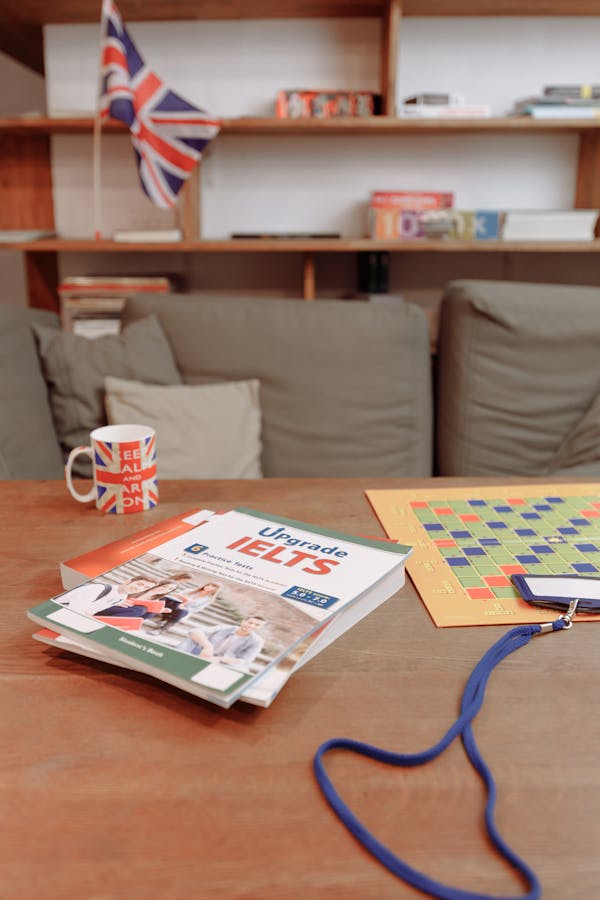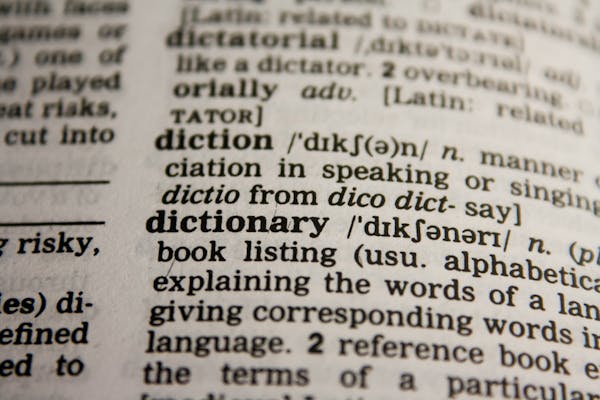Are you interested in online coaching?
Contact us.

From phonics and reading comprehension to writing strategies and more, Bright Minds College helps learners develop the communication skills needed for success in school, university and career.
Compare pictures using adjectives, identify articles, determine if adjectives tell what kind or how many, use adverbs to compare, and learn good, better, best, bad, worse and worst.
Read about art, music and traditions, find words using context, determine the meaning of domain-specific words with pictures, and use context to identify word meanings.
Revise sentences using stronger verbs, add descriptive details to sentences, and suggest appropriate revisions.
Interpret figures of speech, use personification, and classify euphemism, hyperbole, oxymoron, and paradox.
Unscramble words to make complete sentences, distinguish between one or more than one, form singular or plural possessives, and replace plural nouns with personal pronouns.
Read about sports and hobbies, compare and contrast in informational texts, match problems with their solutions, read about famous places, and identify text structures.
Choose the letter that you hear: lowercase, identify frequently confused letters, match lowercase letters to consonant sounds, and find lowercase letters.
Order events in a story, determine themes of myths, fables and folktales, read fantasy with illustrations, identify story elements, and compare passages for tone.
Determine the main idea of a passage, choose topic sentences for narrative paragraphs, and use key details to determine the main idea.
Identify nouns, distinguish between singular and plural, identify plurals and possessives, recognize abstract nouns, and form and use plurals of compound nouns.
Choose reasons to support an opinion, distinguish facts from opinions, identify supporting details in informational texts, and identify counterclaims.
Identify words ending with the same sound, find short a words, identify words with the same vowel sound, and blend each sound in a word together.
Sort consonants and vowels, identify words with consonant blends, recognize consonant blends at word endings, and spell silent e words.
Sort by the number of syllables, choose pictures that rhyme with words, blend sounds in words, and identify words that start with the same sound.
Use correct possessive pronouns, identify personal pronouns, replace nouns with personal pronouns, and identify all possible antecedents.
Use commas with non-restrictive elements, identify and correct errors with compound and joint possession, and understand what punctuation suggests.
Choose short e sentences that match pictures, put sentences in order, use context to identify word meanings, and use actions and dialogue to understand characters.
Identify book parts and features, put letters in ABC order, use guide words, understand dictionary definitions, and use dictionary entries to determine correct usage.
Identify types of sentences, unscramble words to make complete sentences, and identify compound subjects or compound predicates of sentences.
Read sight words from various sets covering
Spell the short vowel word|Complete the word with the correct vowel digraph
Use action verbs|Pronoun-verb agreement: Complete the sentence with the best verb
Use words with prefixes and suffixes|Use the prefixes pre-, re- and mis-
Understand words with prefixes and suffixes|Words with pre-|Words with -able and -ible
Use subordinating conjunctions|Use the correct modal verb|Misplaced modifiers with pictures

Focuses on understanding texts by identifying main ideas, themes, structure, and sensory details. It also involves recognizing literary devices, making inferences, and analyzing story elements.

Helps organize writing, craft clear introductions and conclusions, use linking words, and support arguments with details. It also emphasizes descriptive writing.

Enhances word understanding through prefixes, suffixes, roots, synonyms, antonyms, and homophones, while using context clues and reference tools like dictionaries.

Covers sentence structure, proper use of nouns, verbs, and pronouns, subject-verb agreement, punctuation, and capitalization to ensure correct grammar and writing mechanics
As a dedicated academic instructor with a passion for computer science, I believe in transforming complex technical concepts into engaging, accessible learning experiences. My approach focuses on personalized mentorship, practical skill development, and inspiring students to explore the limitless potential of technology.


ind quick answers to common questions about courses, payments, certifications, and more on our Online Learning FAQ page. Get instant support for enrollment, technical issues, and refunds—designed to make your learning journey seamless!
We provide structured online courses in Maths, English, Science, IELTS, and PTE, covering Foundation to Year 10 levels. Our lessons are designed to help students build strong academic foundations and prepare for standardized tests like IELTS and PTE.
Yes! We offer free demo lessons for most courses. You can explore sample videos, quizzes, and study materials before committing to a full course.
Parents and students get access to a dashboard showing:
We provide 24/7 support via email and live chat. For course-related doubts, you can also:
Yes! Our platform is fully mobile-friendly. You can:


